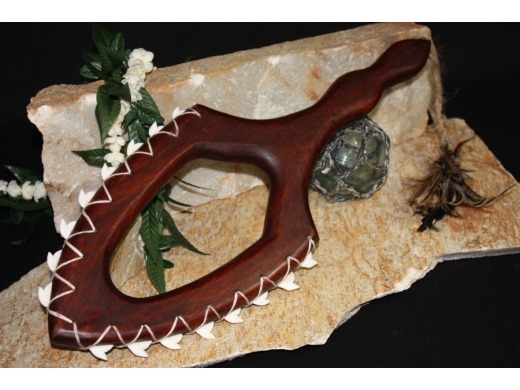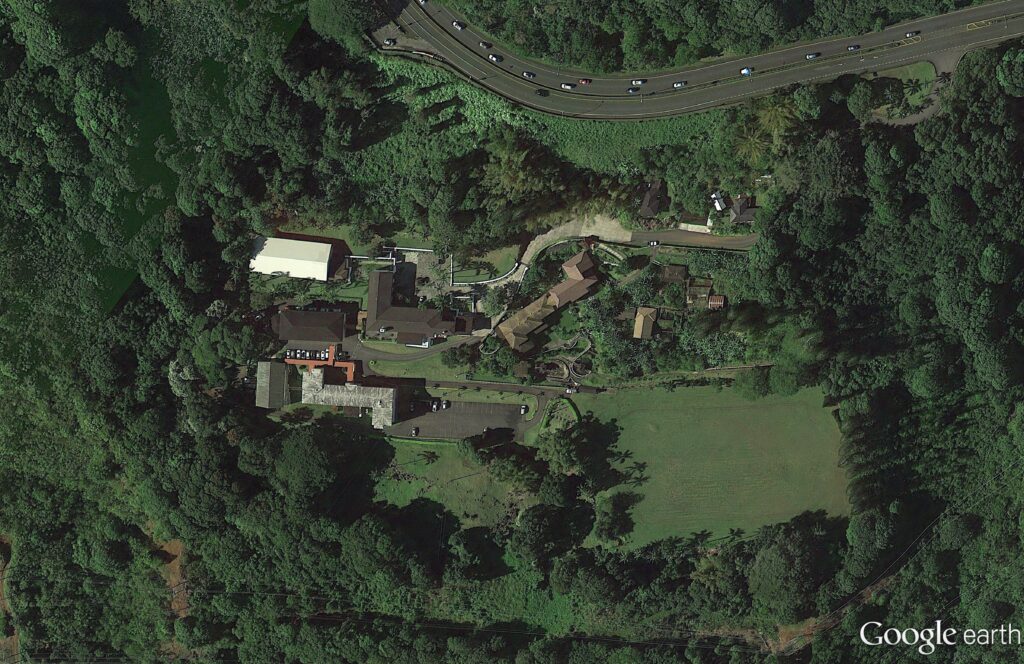The name conjures up a variety of images – Pukui notes it refers to “two,” “toilet,” “equal” or “hole”/”pit.”
It also refers to a type of dangerous hand-to-hand combat in which the fighters broke bones, dislocated bones at the joints and inflicted severe pain by pressing on nerve centers.
That’s what this discussion is about.
Lua was a hand-to-hand system of combat based on the knowledge of anatomy to strike weak points of the human body. Intended as a self-defense martial art, combatants injured or killed an opponent. (Green)
“Huna na mea huna” (Keep secret what is sacred) – the art was exercised and taught by a few; it was not used or known by the broad community.
Lua incorporates numerous methods for combating an attacker, including hakihaki (bone breaking), hakoko (wresting), kuikui (punching), peku (kicking) and aalolo (nerve pressure.) (Noonan)
The techniques included dislocating the fingers and toes, striking at nerve centers and hitting and kicking muscles in such a way to inflict paralysis; it included the use of weapons. (Green)
Traditionally, only a small group of men were taught lua. The selected warriors practiced lua in secret, under the cover of darkness. They were usually a chief or a royal bodyguard who, during time of war, briefly trained the commoners and then lead them to battle. (OHA)
Reportedly, the secret of Lua was broken in 1917 when Henry Seishiro Okazaki learned Lua from a Hawaiian man on the big Island. Okazaki later converted the Lua he learned and transferred this into his Danzen Ryu System.
Solomon Kaihewalu’s name also comes up in the Lua combat discussion; he reportedly introduced lua into America in 1963.
Another name pops up as someone who was important in keeping the art alive. Around 1974, Charles Kenn passed on his knowledge of the art to a handful of others – they in turn are teaching others.
(Kenn was later recognized by the Honpa Hongwanji Mission of Hawaiʻi as a Living Treasure of Hawaiʻi (he was the first to be recognized in the Hongwanji program, 1976.))
Traditional weapons in the lua practitioner’s hands included spears, daggers, clubs, slings, strangling ropes, shark tooth weapons and more.
Captain James Cook wrote about them: “They have a sort of weapon which we had never seen before, and not mentioned by any navigator, as used by the natives of the South Sea”
“It was somewhat like a dagger; in general, about a foot and a half long, sharpened at one or both ends, and secured to the hand by a string. Its use is to stab in close fight; and it seems well adapted to the purpose.”
“Some of these may be called double daggers, having a handle in the middle with which they are better enabled to strike both ways.”
Warriors, throughout history, primarily train to use weapons during battle. Hawaiian warriors utilized weapons (Mea – Kaua) offensively and defensively, in training or during actual battle, including (Reish:)
Ihe (short spear)
Pololu (long spear/javelin)
Pāhoa (wooden spike dagger)
Pāhoa ʻOilua (double bladed weapon)
Lei-o-mano (shark-tooth weapon)
La-au-palau (long war clubs)
Newa (short war club)
Pōhaku (stone hand club)
Pikoi ʻIkoi (tripping weapon)
Maʻa (sling)
Kaʻane (strangulation cord)
Ko’oko’o (cane)
Lua, then, was the general name for a type of hand-to-hand fighting which not only included hakihaki (bone-breaking), but combined ha’a (dance,) hakoko (wrestling,) mokomoko/kuʻi (boxing or punching,) peku (kicking,) aʻalolo (nerve pressure) to cause paralysis and also the use of weapons. (Reish)
However, Hawaiian lua training encompasses far more than the master of blows, strikes, takedowns, holds, dodges and falls. It also included the game konane (similar to checkers), designed to teach strategic thinking.
Additionally, lua involved lomilomi (massage) which was designed to enhance a lua warrior’s performance in training or combat by keeping muscles from binding. (Reish)
Hawaiian combat units of old consisted of groups of small squads, units and divisions. The squads and units were broken down into groups of 10, 20 and 30 warriors. A full division consisted of a total of 40 Koa. Each squad of 10 men were experts in several types of weapons they brought with them into combat. (olohe)
A martial dance found in various styles throughout Polynesia is the haka or haʻa, an old word for hula. Lua incorporated the haka to develop grace, agility and strong leg muscles, necessary for battle.
When dancing, the lua artists would lunge forward and back, dodge from side to side, and then whirl and pivot in unison to simulate combat. Their haka arm motions were actually lua strikes in disguise. (Reish)
By 1790 Kamehameha had acquired guns, light cannon and an armed schooner, in addition to the advice and technical expertise of two European seamen, John Young and Isaac Davis; this changed the nature of combat and helped to lead to Kamehameha’s unification of the Islands.


























































